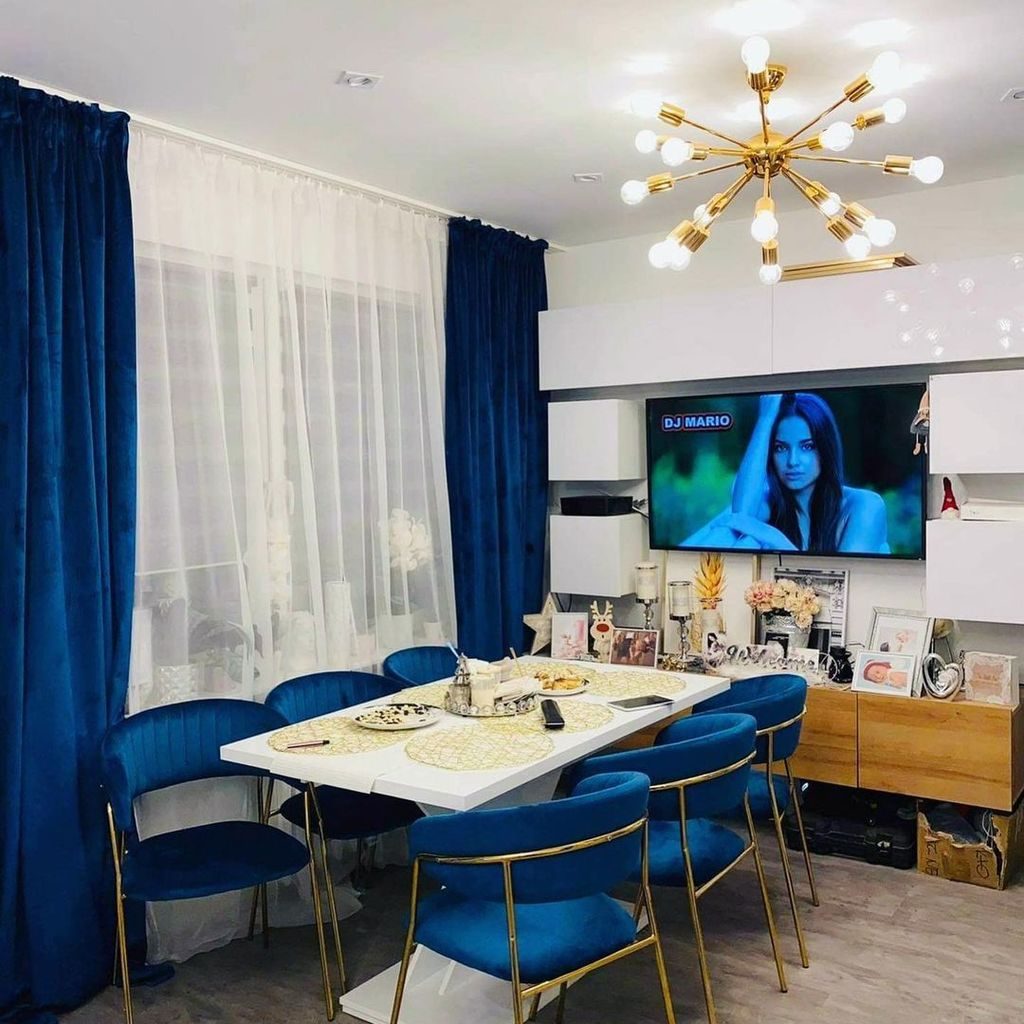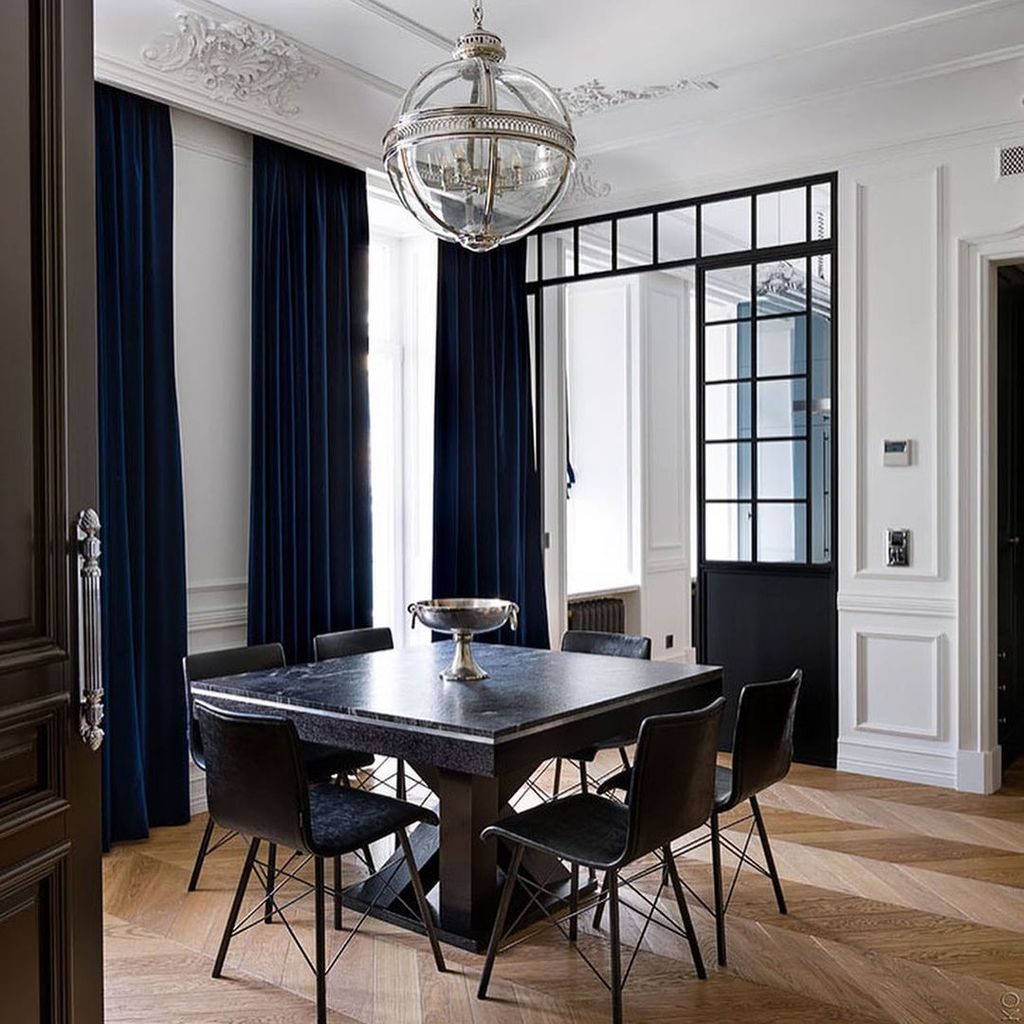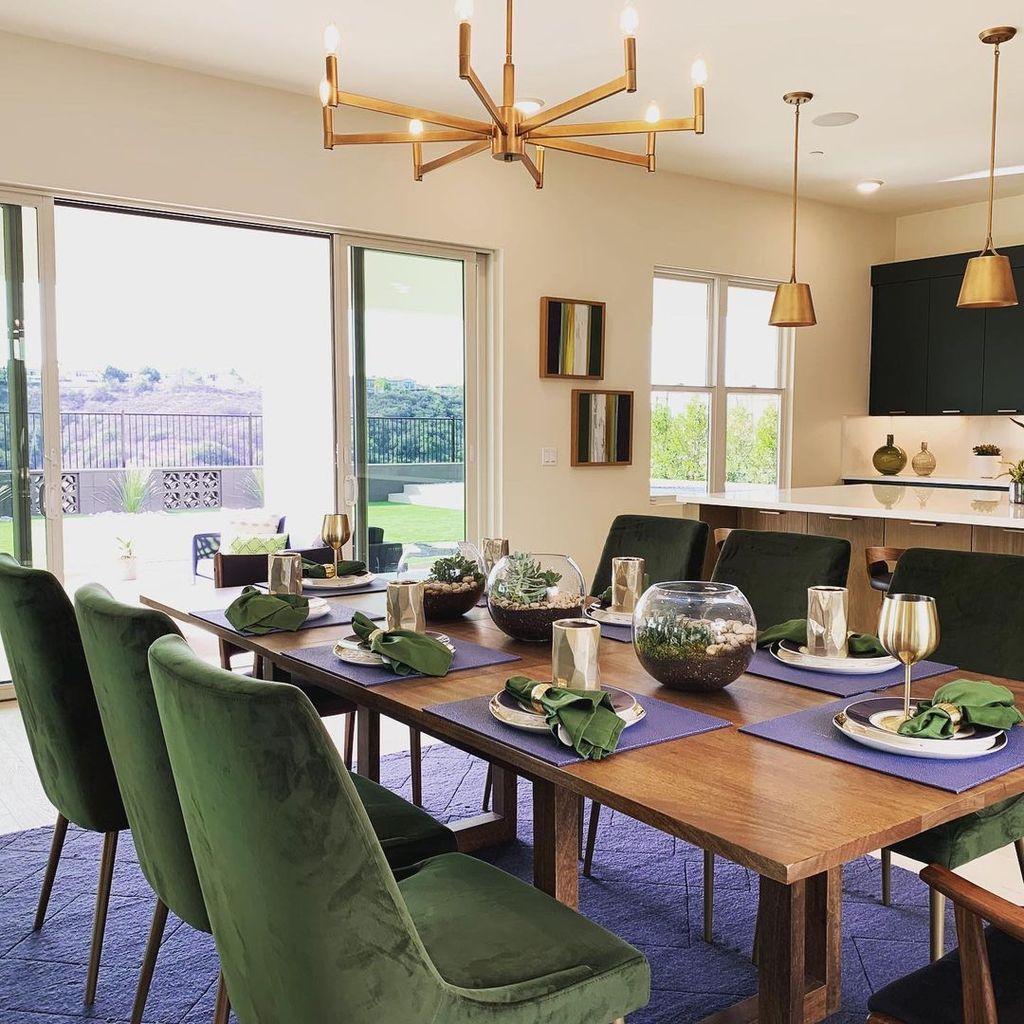Are you looking to update your dining room and make it more stylish and inviting? One trend that has been gaining popularity in interior design is using two tone colors in the dining room. Gone are the days of single-color walls, as homeowners are now experimenting with different color combinations to create a unique and eye-catching look. In this article, we will explore the benefits of two tone dining room colors, popular color combinations, tips on choosing the right colors, implementation techniques, and how to complement them with furniture and decor. So, let’s dive in and learn how you can stay on trend with two tone dining room colors.
The dining room is a central space in many homes where families gather to share meals and create memories. As such, it’s important to create a dining room that is not only functional but also visually appealing. One way to achieve this is by using two tone dining room colors, which can instantly transform the space and add a touch of sophistication and style. By combining two different colors on the walls, you can create contrast and depth, making your dining room more visually interesting and dynamic.
Table of Contents
Importance of Dining Room Colors
The colors you choose for your dining room can have a significant impact on the overall interior design of your home. Colors have the power to evoke emotions, set the mood, and create a certain atmosphere in a room. When it comes to dining room colors, they can affect the appetite, stimulate conversation, and create a warm and inviting ambiance. Therefore, it’s essential to choose the right colors that not only reflect your personal style but also complement the overall aesthetic of your home.
Benefits of Two Tone Dining Room Colors
One of the main benefits of using two tone colors in your dining room is the ability to create contrast and depth. By using two different colors on the walls, you can instantly make a statement and add visual interest to the room. For instance, you can use a light color on the top half of the wall and a darker color on the bottom half, creating a dramatic effect. This can make your dining room look more sophisticated and stylish, and it can also highlight architectural features such as crown molding or wainscoting.
Another benefit of two tone dining room colors is the versatility they offer. With a wide range of color options available, you can easily customize the look of your dining room to suit your personal style and preferences. Whether you prefer bold and vibrant colors, soft and muted tones, or something in between, there’s a two tone color combination that can work for you. This flexibility allows you to create a dining room that is truly unique and reflective of your individual taste and style.
Popular Two Tone Dining Room Color Combinations
When it comes to two tone dining room color combinations, the options are endless. Here are some popular choices that are currently on trend:
1. Navy Blue and White:

Photo Credit: kamilakarczynskaa
This classic combination adds a touch of elegance and sophistication to any dining room. Navy blue on the bottom half of the walls can create a sense of grounding, while white on the top half adds brightness and freshness.
2. Grey and Blush Pink:

Photo Credit: honeypotfurniture
This soft and romantic color combination is perfect for creating a cozy and inviting dining room. Grey on the bottom half of the walls can provide a neutral backdrop, while blush pink on the top half adds a subtle pop of color.
3. Black and White:

Photo Credit: interior_attitude
This timeless and bold color combination can create a striking contrast in a dining room. Black on the bottom half of the walls can add drama and sophistication, while white on the top half keeps the space bright and balanced.
4. Teal and Gold:

Photo Credit: kolorkollector
This luxurious and glamorous color combination can make a statement in any dining room. Teal on the bottom half of the walls can add richness and depth, while gold accents and accessories can add a touch of glamour and opulence.
5. Green and Beige:

Photo Credit: umiparkproperties
This natural and calming color combination is perfect for creating a serene and peaceful dining room. Green on the bottom half of the walls can evoke a sense of nature and freshness, while beige on the top half adds warmth and neutrality.
How to Choose the Right Two Tone Dining Room Colors
Choosing the right two tone dining room colors can be overwhelming with so many options available. Here are some considerations and tips to help you make the right choice:
- Consider the overall aesthetic of your home: Your dining room should flow seamlessly with the rest of your home’s interior design. Consider the existing colors, styles, and themes in your home and choose two tone colors that complement them.
- Think about the mood and atmosphere you want to create: Different colors evoke different emotions and moods. Consider the mood and atmosphere you want to create in your dining room. For example, warm colors like red, orange, and yellow can create an energetic and lively atmosphere, while cool colors like blue, green, and purple can create a calm and peaceful ambiance.
- Consider the size and layout of your dining room: The size and layout of your dining room can also impact the choice of colors. If you have a small dining room, using lighter colors on the walls can make the space feel larger and more open. On the other hand, if you have a large dining room, you can experiment with bolder and darker colors.
- Test the colors before committing: Before painting your dining room walls, it’s important to test the two tone colors you’ve chosen. Paint small swatches of the colors on the walls and observe how they look in different lighting conditions and at different times of the day. This can help you visualize the final result and make any necessary adjustments before committing to the colors.
How to Implement Two Tone Dining Room Colors
Once you’ve chosen the right two tone colors for your dining room, it’s time to implement them. Here are some painting techniques and ideas to consider:
- Horizontal Split: One common technique is to divide the walls horizontally into two parts and paint them with different colors. For example, you can paint the bottom half of the walls with a darker color and the top half with a lighter color. This creates a clear division and adds visual interest to the room.
- Vertical Split: Another technique is to divide the walls vertically into two parts and paint them with different colors. For example, you can paint one wall with a darker color and the adjacent wall with a lighter color. This creates a unique and asymmetrical look that adds visual intrigue to the dining room.
- Wainscoting: Wainscoting is a decorative paneling technique that involves covering the lower portion of the walls with a different material or color. You can paint the wainscoting with a darker color and the upper portion of the walls with a lighter color, creating a stylish and sophisticated look.
- Accent Wall: If you’re not ready to commit to painting the entire dining room with two tone colors, you can create an accent wall. Choose one wall, such as the wall behind the dining table or the focal wall, and paint it with a different color than the rest of the walls. This adds a pop of color and creates a focal point in the room.
- Chair Rail: Another option is to use a chair rail, which is a horizontal molding that runs along the walls, as a natural dividing point for two tone colors. Paint the portion of the wall below the chair rail with a darker color and the portion above with a lighter color. This adds architectural interest and defines the different color zones in the dining room.
Tips for Maintaining Two Tone Dining Room Colors
Once you’ve implemented two tone colors in your dining room, it’s important to properly maintain them to ensure they continue to look fresh and appealing. Here are some tips for maintaining two tone dining room colors:
- Regular Cleaning: Dust and dirt can accumulate on painted walls over time, so it’s important to regularly clean them. Use a soft cloth or a microfiber duster to gently wipe down the walls, paying special attention to the areas near the dining table where food and beverages may spill.
- Avoid Harsh Cleaners: Avoid using harsh cleaners or abrasive materials that can damage the paint finish. Stick to mild, non-abrasive cleaners and test them on an inconspicuous area of the wall before using them on the entire wall.
- Touch Up as Needed: Over time, the paint may chip or fade in certain areas. Keep some touch-up paint on hand to quickly fix any chips or scratches that may occur. Be sure to match the paint color and finish to the existing walls for a seamless repair.
- Protect Walls from Furniture: Furniture, especially chairs, can cause wear and tear on the walls. Place furniture pads or felt protectors on the bottom of chair legs to prevent scratches and scuffs on the walls when moving or rearranging furniture.
Avoid Excessive Moisture: Moisture can damage painted walls, so it’s important to avoid excessive moisture in the dining room. Use exhaust fans or open windows to reduce moisture levels, and promptly clean up any spills or leaks to prevent water damage to the walls.
